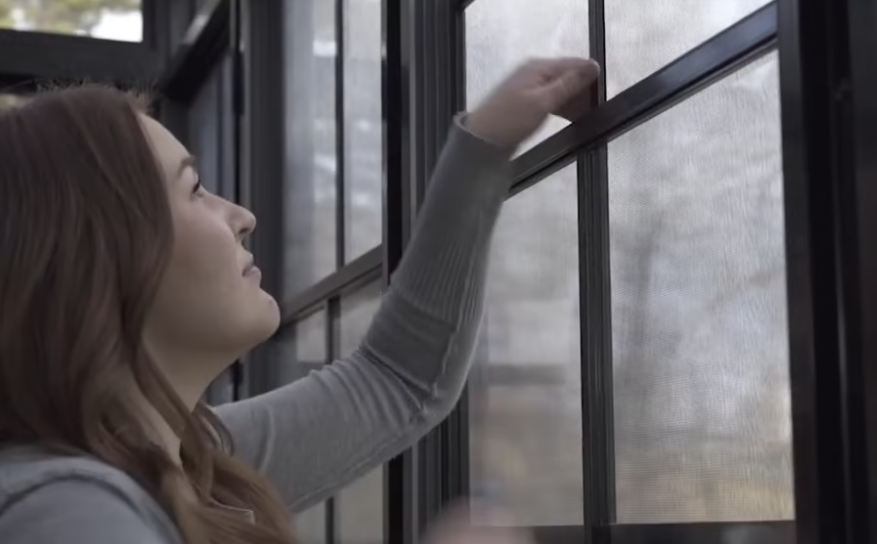It might be the oldest debate in terms of simple preference. Some people absolutely prefer chocolate and won’t eat vanilla. Others have the opposite opinions. And some are happy to eat both of them, possibly at the same time.
Vertical video doesn’t have quite the same epic rivalry with horizontal video, but that rivalry is growing, in great part due to the prevalence of smart phones in everyday life. As a person or business that uses video, whether to tell stories, record events, or maybe as promotional materials, you have to decide which is the better option for your needs.
Fighting History
For decades, vertical video has been the black sheep of video production. The main reason for this was because of the viewing devices used to watch video. Televisions and monitors, whether old standard definition models or modern high definition models, always had a larger x-axis than y-axis, which meant that horizontal video displayed better than vertical video. Vertical video always required the viewing device to minimize the image and include large black blocks to the side of the video.
For most of the history of video recording, this wasn’t much of a problem. You pretty much had to turn a camera sideways in order to even get a vertical recording and cameras were so bulky that wasn’t exactly an easy proposition. However, phone cameras, particularly on smart phones, made recording vertical video remarkably easy, practically overnight.
The New Reality
Smart phones, and tablets to a lesser degree, have created a new reality. Almost every single person in Canada now has a recording device in their pocket and most people find it easier and more comfortable to record while holding that device in the vertical position. Furthermore, that same device can be used to watch video, and unlike traditional monitors and televisions, it doesn’t have to adjust the image in any way to view vertical video.
Somewhat surprisingly, not only do smart phone and tablet owners have the ability to easily view vertical videos, evidence suggests that they actually prefer to view vertical videos on those devices. According to Snapchat, vertical video advertisements are 9 times as likely to be watched to completion as horizontal video advertisements. Considering that people generally dislike watching advertisements, that is the kind of difference that advertisers should definitely be aware of. Extrapolating on this evidence, it is likely that mobile video watchers simply prefer vertical video overall.
Your Video Decisions
Choosing between vertical and horizontal video may be a rather difficult choice, given the current situation. While mobile users seem to overwhelmingly prefer vertical video, anyone using a traditional monitor (laptop, PC, or even an internet connected television) is just about assured to prefer horizontal video. And while a majority of people own smart phones, tablet ownership is still relatively low, which means that a majority still also own some form of traditional monitor that they regularly use.
Thus, there is no clear choice simply based on device ownership. Instead, you should be making your choice based primarily on what population you expect to be viewing your video. For example, a Snapchat video is highly likely to be viewed on a mobile device, while a video playing on Netflix is more likely to be viewed on a traditional device. A YouTube video is probably close to a 50/50 split, though you may want to err on the side of the traditional device instead of the mobile device.
As technology changes, vertical video will likely only become more popular, until it is eventually the standard. For now, though, while it isn’t yet the standard, it is a popular enough option that you should always consider it any time





















